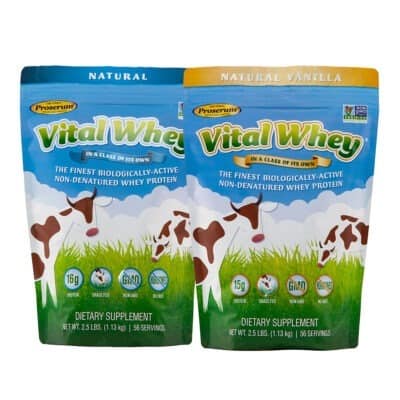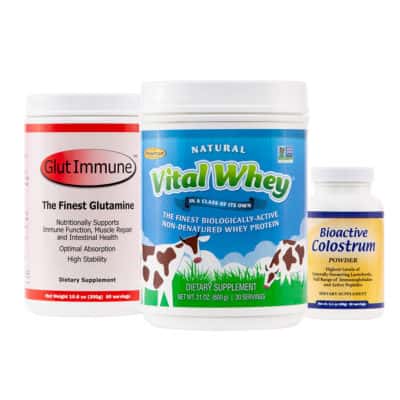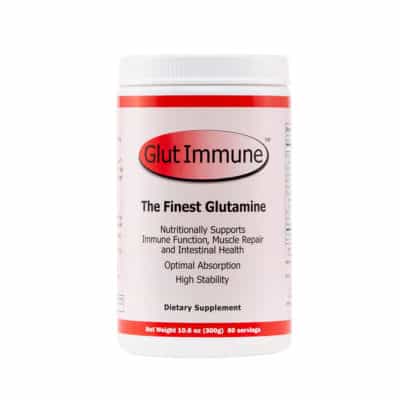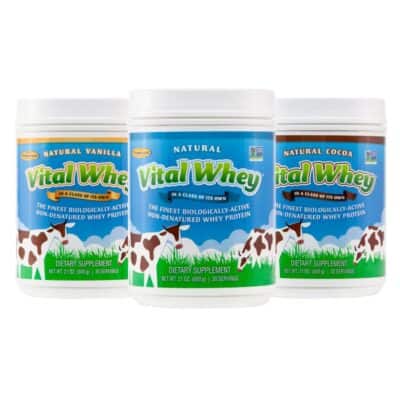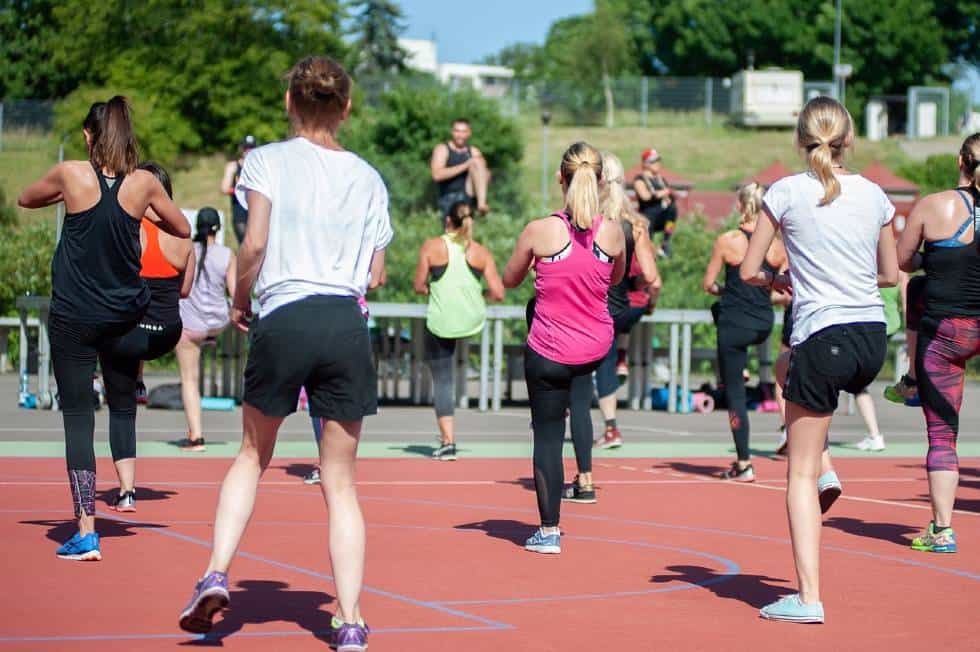
If you’re serious about getting in shape, you may be surprised to learn that it’s NOT about building huge muscles by lifting heavy weights at the gym. Fitness isn’t about how you can show off your massive muscles, but about how being in shape impacts all aspects of daily life. Are you winded just climbing a flight of stairs? Can you easily carry a few bags of groceries? Can you lift your child without effort or pain?
This type of movement is called functional strength and should be the real end goal of working out. Although big muscles and a lean physique make you look great at the beach, how fitness impacts the rest of your life is even more important.
What Is True Fitness?
There are four main elements to TRUE fitness:
- Cardiovascular endurance —When your heart is strong, you can run, jump, and play without getting winded.
- Muscular endurance — You can carry things like bags of groceries, or a child, for an extended period without fatigue. You also don’t feel completely exhausted at the end of the day after doing just a little physical activity.
- Muscular strength — True strength is when your muscles are strong enough to carry out various tasks throughout your day, like lifting boxes, or other heavy items.
- Flexibility — Being flexible is just as important as being strong. Flexibility is how you prevent injury. It allows you to move and work without discomfort, tight muscles, or aches and pains.
For those who are serious about fitness, just hitting weights to build muscle or jogging on the treadmill won’t give you the results that translate into everyday life. Focusing on four aspects of fitness with a functional workout will help you get better results in less time.
What Is a Functional Workout?
A functional strength workout focuses not only on building muscle but also on building the strength, flexibility, and stamina that you need to function in everyday life. This type of strength is called functional strength.
Some of the activities that require functional strength include:
- Doing chores around the house
- Taking out the trash
- Carrying your children or grandchildren
- Playing sports
- Carrying heavy objects
- Lifting boxes
- Walking for long distances
The truth is that MANY activities involve strength, but you may not have the necessary functional strength to carry them out. By focusing on functional strength workouts, you make it easier to engage in the activities of daily life.
A functional workout is a routine that focuses not on building raw power or muscle mass but focuses on enhancing your functional strength. It’s a mix of strength and endurance training, often using your body weight for resistance rather than weights.
Another aspect of functional fitness workouts is the integration of complex movements, which means using more than one muscle group at a time. When you lift weights at the gym, you often isolate individual muscles or muscle groups. For example:
- Curls work your biceps and forearms
- Calf raises work mostly your calves
- Tricep extensions work your triceps
- Side raises work your shoulders
All of these exercises isolate specific muscle groups, which help to enhance the strength of ONLY those muscles.
With functional strength training, you focus on exercises that engage more than one muscle group at a time. Check out the section below for some examples. The goal is that the more muscles you engage, the more functional strength you can build.
Important Elements of Functional Workouts
You are ready to get moving on improving your function strength, so where do you start?
Here are a few common elements of a functional strength workout:
- Standing, Not Seated — When you do exercises on your feet, your legs and core do a small amount of the work (such as with overhead presses or bent-over rows). The focus isn’t on those specific muscles, but that they are required to be engaged in the exercise. Doing arm exercises while standing will help strengthen ancillary muscles as they are also engaged.
- Engage the Core —The core muscles (back, sides, and abs) are the ones most likely to be injured in your activities of daily life, particularly your back. Functional strength training routines do more than simply work out your upper and lower body muscles, they also force the core muscles to contract, thus strengthening them.
- Always Use Multiple Muscles — In functional strength training, you try to avoid working out just one muscle at a time, as isolation will not help you achieve your end goal. Using compound movements that target multiple muscles all at once is the best way to ensure that your functional strength increases!
Sample Functional Strength Exercises
Here are some excellent functional strength training exercises:
Squat Presses — Combine a squat (working your legs) with an overhead press (working your shoulders and arms). You’ll hit your core as well as your upper and lower body.
Push-up with Side Plank — This is an AMAZING exercise for your core! Do a pushup (for chest and arms), but twist up into a side plank (for abs and obliques) between each rep.
Plank Rows —Assume the plank position to focus on your core, leaning on dumbbells. When you row the dumbbells to your abs, it hits your back, biceps, and shoulders hard!
Pull-up with Knee Raise — Pull-ups hit your back and biceps hard, but keeping your knees bent will help to work out your core muscles at the same time.
Kettlebell Swing — This movement hits your shoulders, traps, and upper back. It also gives your lower back and glutes some work as well. Depending on the weight of the kettlebell it can also be a major cardio workout! It’s excellent to help you prevent lower back problems later in life.
Inverted Row —This exercise is a simpler variation of a pull-up, and is ideal for beginners trying to build functional strength in their back and biceps.
These are just a few examples of functional strength exercises that can get you moving in the right direction. The goal is to engage multiple muscle groups at once and also add in pushing and pulling movements that you would naturally do in everyday life. A bonus is that the more muscles you work, the more calories you burn!
HIIT for Functional Endurance
Cardiovascular endurance is also an important part of your functional fitness workout. The best way to strengthen your heart and stamina is through a form of high-intensity cardio workout called high-intensity interval training (HIIT).
A 2017 study published in Cell Metabolism explained how HIIT exercise can immediately alter the aerobic capacity of inactive people. The reason that HIIT exercise is so effective is because it activates more muscle tissue than low-intensity, steady-state cardio. When you jog at a steady pace, you are only using the muscle tissues designed for endurance, but the muscle tissue used for strength remains inactive.
In a HIIT workout, you activate all of the fibers in your muscles, including the super-fast fibers that cause your body to produce more Human Growth Hormone (HGH). Increasing the production of this hormone will increase the amount of muscle that you build in your workouts, which is why doing HIIT exercise is the key to building muscle and improving functional fitness.
When it comes to fat burning and weight loss, HIIT exercise is more effective because you are constantly pushing your body to its limits. When you do the high-intensity interval, you run at 80 to 90% of your maximum heart rate. The increase in energy demands causes your body to speed up, which leads to an increase in your metabolism.
Sample HIIT Workouts
Want a good HIIT workout you can try at the gym to improve your functional strength? Here are a few options:
50-50
With this workout, you will do as much high intensity exercise as you will low intensity. It’s designed for those in above-average shape.
Warm-up — 5 to 10 minutes of walking on the treadmill at 3 to 3.5 MPH.
Interval 1 — For 60 seconds, sprint at full speed.
Rest — Drop it back down to 3 to 3.5 MPH for 60 seconds of rest.
Repeat the interval and rest for 15 to 20 minutes.
Cool Down — Walk at 3.5 MPH for 5 minutes to give your muscles a break.
80-20
This HIIT workout is ideal for those who are just starting with their fitness, and who are trying to get in shape. It’s a bit easier to do, but it will still push your body hard!
Walk — 4 minutes of walking at 3.5 to 3.8 MPH
Interval 1 — 60 seconds of running at top speed.
Repeat this 4 or 5 times for a total of 20 to 25 minutes of cardio.
You can also try shorter periods, for example walking for 30 seconds followed by 30 seconds of running.
Improving Your Functional Strength
The final aspect of functional strength is flexibility. Every program should include some stretching or yoga at the beginning and end to help reduce the risk of injury.
With these functional strength workouts, you can build serious strength and even look good doing it. Not only that, but this type of strength will improve your enjoyment of daily life, making it much easier for you to do all those things that are an integral part of your day!
- Best Fitness Supplements: Glutamine and Colostrum Uses and Benefits - December 19, 2019
- Cooking with Protein Powder - November 22, 2019
- Is There A Point To Taking Whey Protein After Cardio? - September 16, 2019

